Table of Contents
The Return of Commodity Money in 2024
Are you curious about why commodity money is suddenly making a comeback in 2024? You’re not alone. Many people, including myself, are wondering what’s behind this shift.
We’ve gotten used to using paper and digital currency, but now, the old system of using actual goods like gold and silver as money is gaining traction again. It feels like a flashback to the ancient days when these commodities were the backbone of economies.
With growing economic instability and inflation concerns around the world, especially here in India, it’s no wonder that people are looking for alternatives to the money we’re used to today. This shift towards commodity money could change a lot of things, and in this article, I’m going to break it all down for you.
Commodity money has a long history, especially in a country like India, where gold has always been a popular choice for saving and investing. With economic uncertainty looming, people are asking if commodity-based currency could be the solution.
Fiat money, which is the type of currency most countries use today, is becoming less reliable for many. In this post, I’ll explain what commodity money is, why it’s making a comeback, and how it might impact you in India. Plus, we’ll explore if investing in commodities like gold could be a smart move in 2024.
What is Commodity Money?
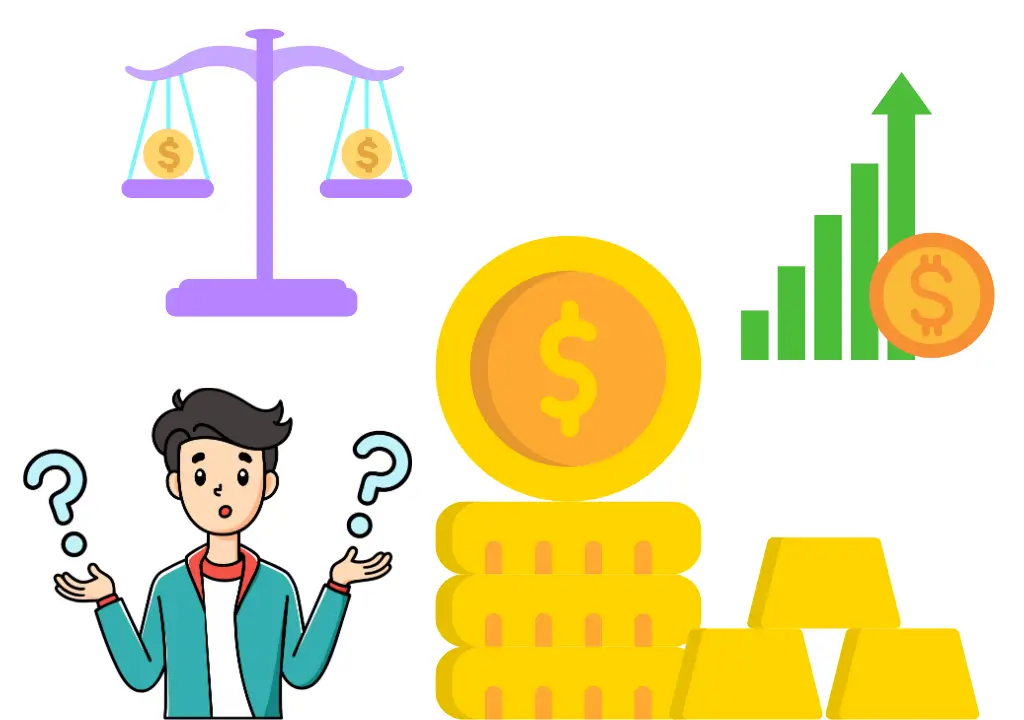
Commodity money isn’t as complicated as it might sound. At its core, it’s money that has value because of the material it’s made from. Think of things like gold, silver, or even livestock in ancient times.
These items had intrinsic value. So, unlike the paper or digital money we use today, which gets its value because governments say it has value (that’s what fiat currency is), commodity money is valuable on its own.
In India, commodity money has deep roots. Our ancestors used precious metals like gold and silver as money, which were valuable both as currency and as commodities.
The gold standard, where paper money was backed by gold reserves, was used globally for a long time before being replaced by the fiat system. However, in times of economic crisis, people often turn back to commodities as a safer form of money.
Why Commodity Money is Making a Comeback
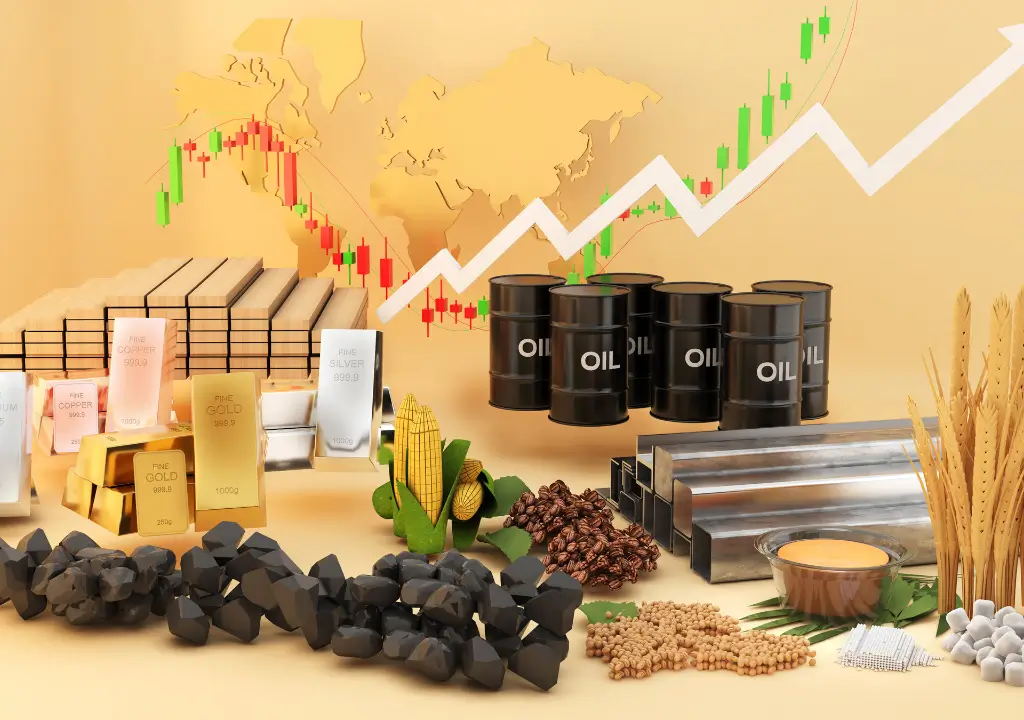
So, why is commodity money making a comeback in 2024? One big reason is economic instability. The global economy has been facing challenges, from inflation to financial crises.
Fiat currency, which isn’t backed by any physical asset, can lose value quickly. When governments print more money to fix economic problems, it leads to inflation, making the money in your pocket worth less.
Here in India, inflation has always been a concern. You might have noticed the rising prices of everyday goods. During such times, people start looking for safer ways to store their wealth.
That’s where commodity money comes into play. Gold, for example, has always been seen as a safe investment. Unlike paper currency, gold doesn’t lose its value when inflation rises. In fact, during times of economic uncertainty, its value often goes up.
Another reason for the return of commodity money is the growing distrust in traditional financial systems. Many people feel that the current monetary system, where central banks control the value of money, isn’t stable.
This is making people consider alternatives, like commodity money, which they can trust more because its value isn’t controlled by any one organization.
India’s Role in the Commodity Money Comeback
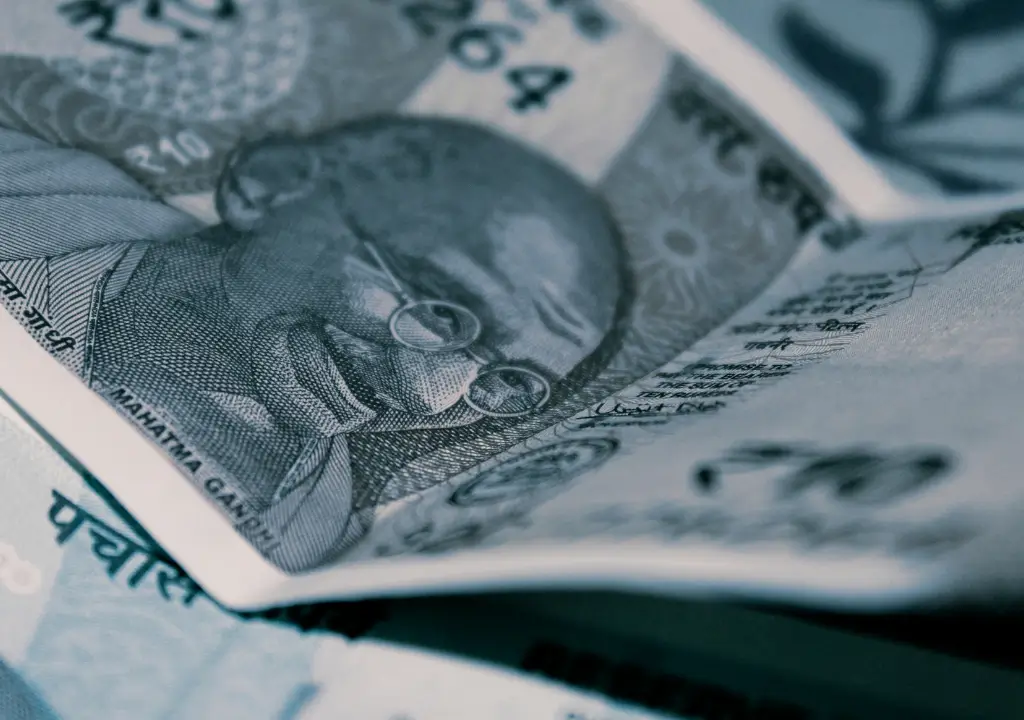
India has a long history with commodity money, particularly with gold. Even today, gold is a crucial part of Indian culture. From weddings to festivals, gold plays an essential role, both as a symbol of wealth and as an investment. It’s no surprise that in times of economic uncertainty, Indians turn to gold.
In 2024, India is playing a significant role in the comeback of commodity money. With inflation on the rise and concerns about the stability of the rupee, people are once again looking at commodities like gold as a safe store of value. Gold has always been seen as a reliable investment in India. People buy it not just as jewelry but also as a hedge against inflation.
India is one of the world’s largest consumers of gold, and with the global shift towards commodity money, it’s likely that this trend will continue. The Indian government has even introduced gold bonds and other schemes to encourage people to invest in gold, showing that there is a recognition of the importance of commodities in the country’s economy.
How Commodity Money Could Impact India’s Economy
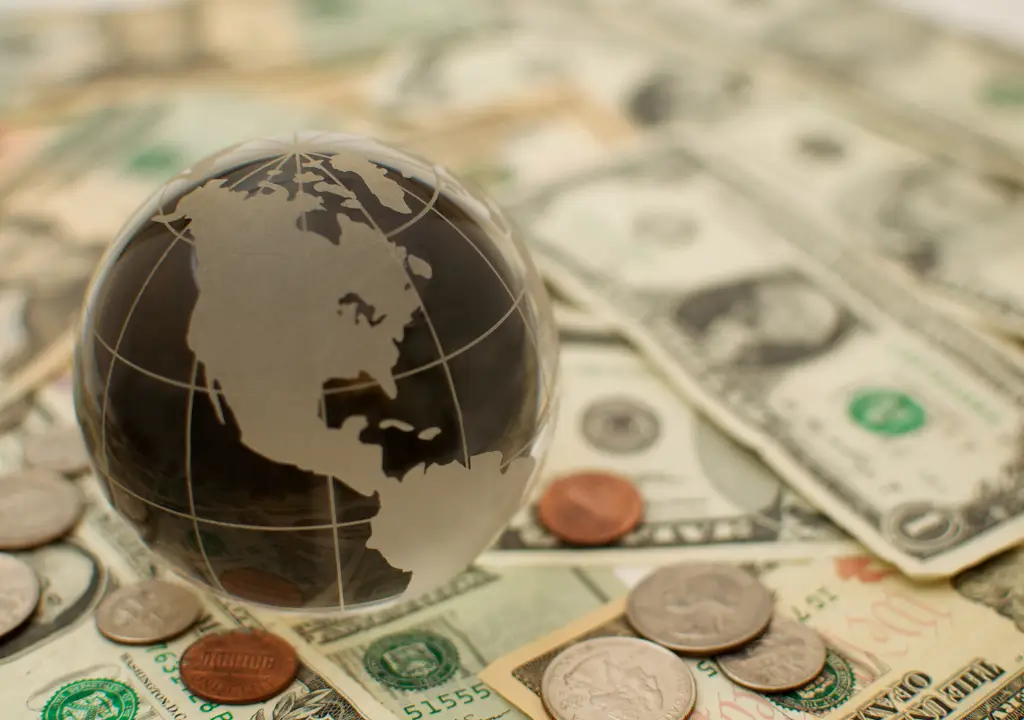
If commodity money does make a full comeback in 2024, it could have a significant impact on India’s economy. One of the biggest potential benefits is that it could help stabilize inflation.
With a commodity-based currency, the value of money would be tied to a physical asset, like gold or silver. This could prevent the rapid inflation that we see with fiat currency, where the government can print more money at will.
Another impact could be on international trade. If more countries start using commodity money, it could lead to changes in the way global trade works.
Right now, most trade is done using fiat currency, but if countries start shifting to commodity-based systems, it could create a more stable and predictable trading environment.
For Indian investors, the return of commodity money could provide new opportunities. Commodities like gold and silver have always been seen as good investments in India, and with the shift towards commodity-based systems, these investments could become even more valuable.
If the price of gold continues to rise, as it often does during times of economic uncertainty, those who have invested in gold could see significant returns.
Also Read: Money Double Plan In Post Office: Your Wealth Risk-Free!
Challenges and Risks of Commodity Money in the Modern World
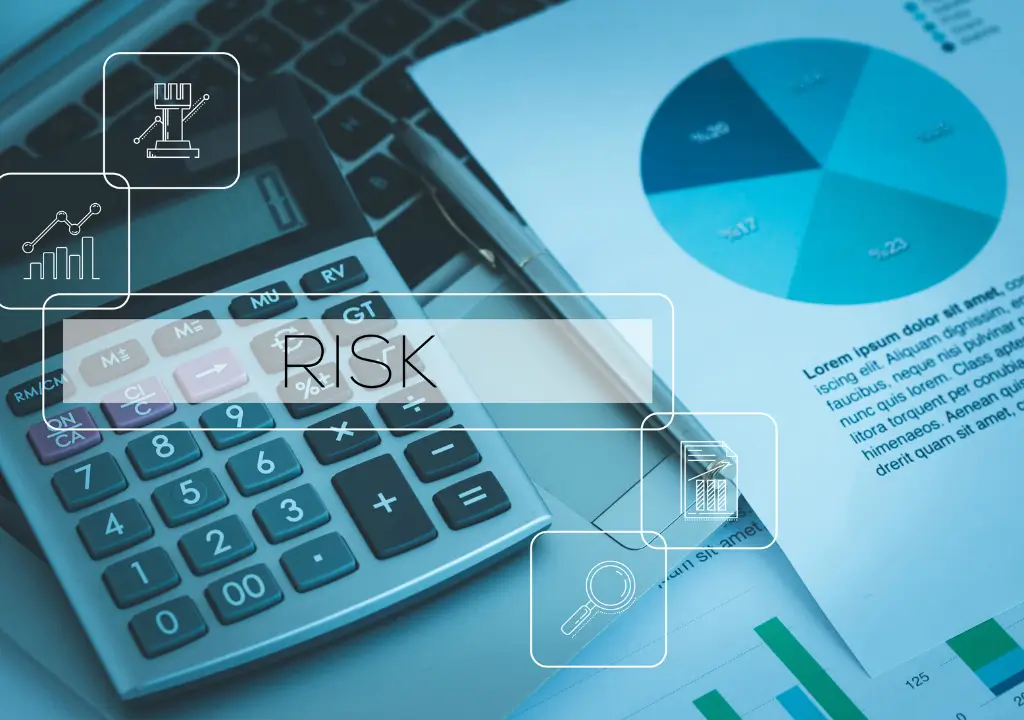
While commodity money has its benefits, it also comes with challenges. One of the biggest issues is practicality. Storing and transporting commodities like gold can be difficult.
Unlike digital money, which can be transferred instantly, commodities require physical storage, which comes with costs and risks. There’s also the issue of scarcity. Commodities like gold are finite resources, and if demand increases, there could be a shortage, leading to price spikes.
Another challenge is regulation. Governments around the world, including in India, have built their financial systems around fiat currency. Switching to a commodity-based system would require significant changes in the way economies are structured. This could create regulatory hurdles that might slow down the adoption of commodity money.
Is Commodity Money a Smart Investment in 2024?
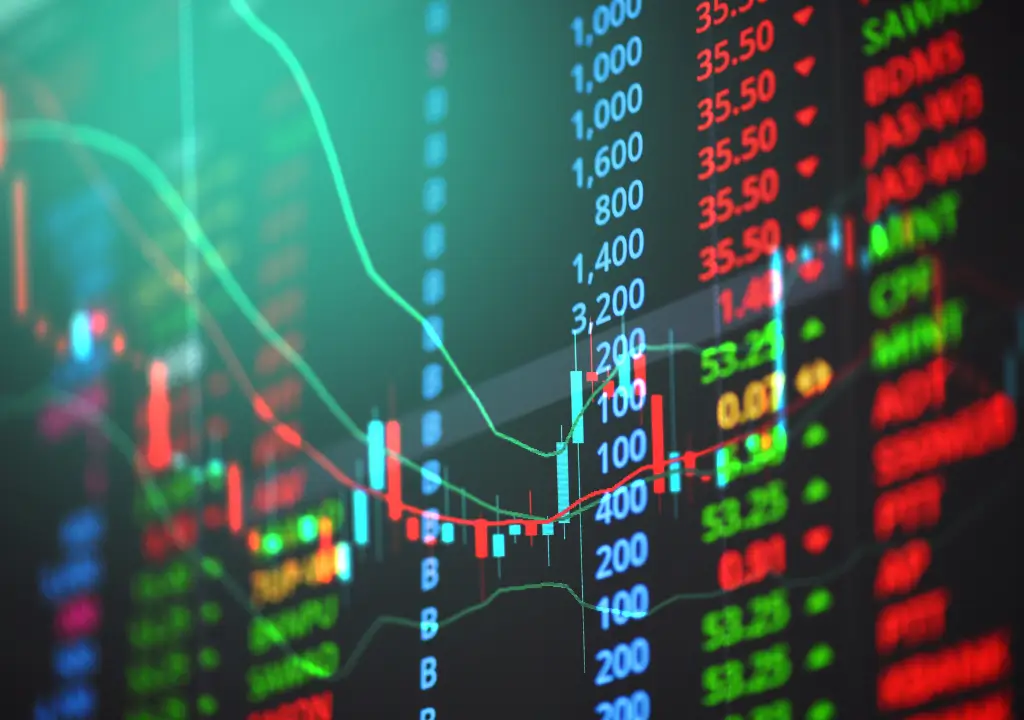
So, should you invest in commodity money in 2024? The answer depends on your financial goals and risk tolerance. If you’re looking for a stable way to preserve your wealth, commodities like gold and silver could be a good option. As we’ve seen, these commodities tend to hold their value, especially during times of economic uncertainty.
However, it’s essential to weigh the pros and cons. While commodities can provide stability, they also come with risks. The price of gold, for example, can be volatile, and investing in commodities requires careful planning. It’s a good idea to consult with financial experts before making any major investment decisions.
The Future of Commodity Money in India

In 2024, commodity money is making a comeback for a reason. With global economic instability and inflation on the rise, people are looking for alternatives to fiat currency.
For Indians, commodities like gold have always been a trusted store of value, and this trend is likely to continue. However, while commodity money offers benefits, it also comes with challenges, including storage issues and regulatory hurdles.
If you’re considering investing in commodities, now might be the time to do your research. With the right strategy, investing in commodities could be a smart way to protect your wealth in 2024 and beyond.
People Also Asked
Which item is an example of commodity money?
An example of commodity money is gold, as it has intrinsic value.
What is an example of a commodity currency?
An example of a commodity currency is the gold standard, where paper money is backed by physical gold.
What is fiat money and commodity money?
Fiat money is currency with no intrinsic value, like paper notes, while commodity money is money with intrinsic value, like gold or silver.
What is commodity money vs metallic money?
Commodity money includes any item with intrinsic value, such as gold or grain, while metallic money specifically refers to coins made from metals like gold, silver, or copper.
What is called commodity money?
Commodity money refers to money that has value due to the material it’s made from, like gold, silver, or other physical goods.
What is metallic money called?
Metallic money is often referred to as coins made from metals like gold, silver, or copper.
Is gold a commodity money?
Yes, gold is a classic example of commodity money because it has intrinsic value.
What is M1 and M2?
M1 refers to money in its most liquid form, like cash and checking accounts, while M2 includes M1 plus less liquid forms like savings accounts and certificates of deposit (CDs).
What is a commodity and give 5 examples?
A commodity is a raw material or primary agricultural product that can be bought and sold. Examples include gold, silver, oil, wheat, and coffee.
